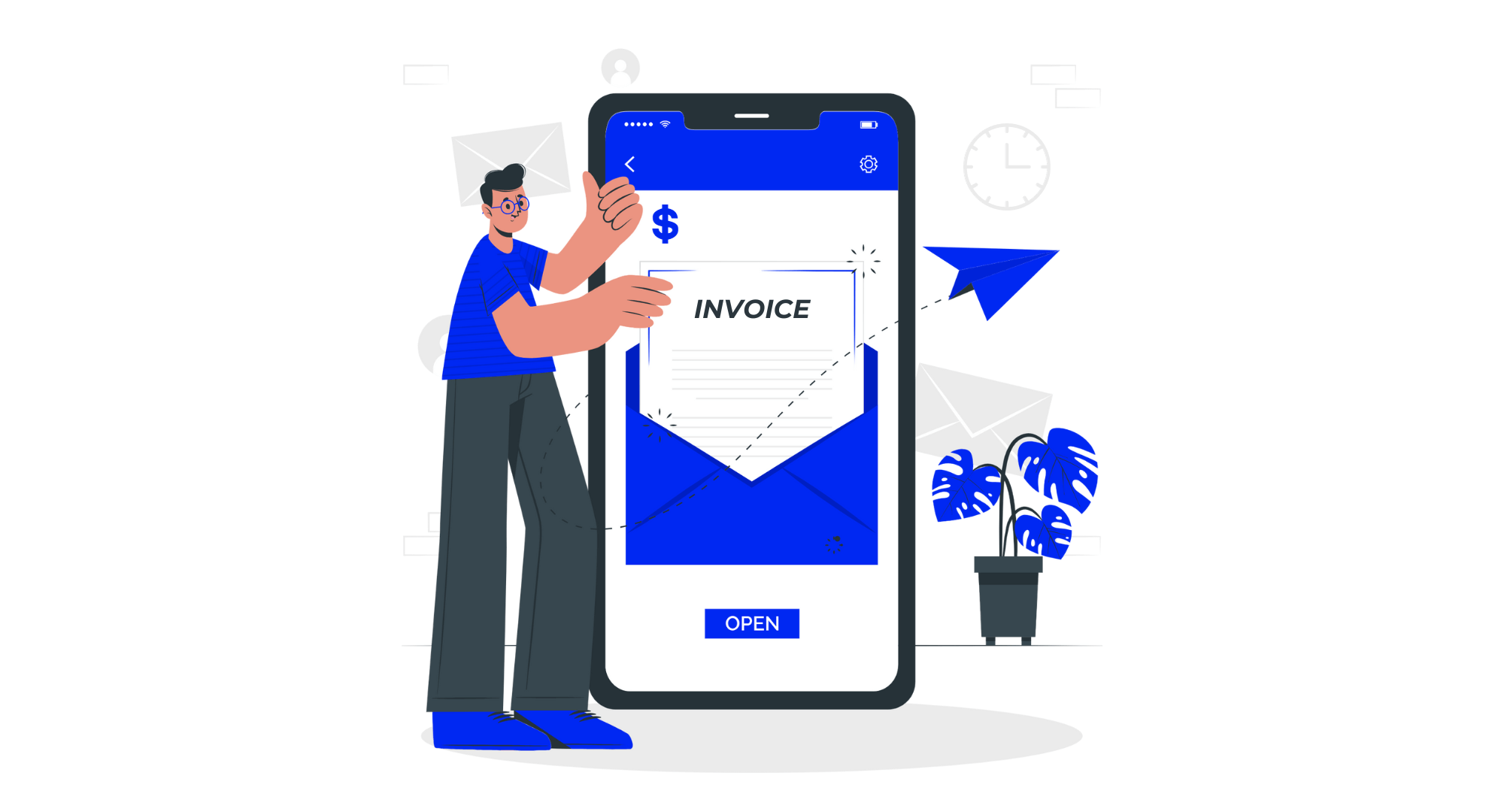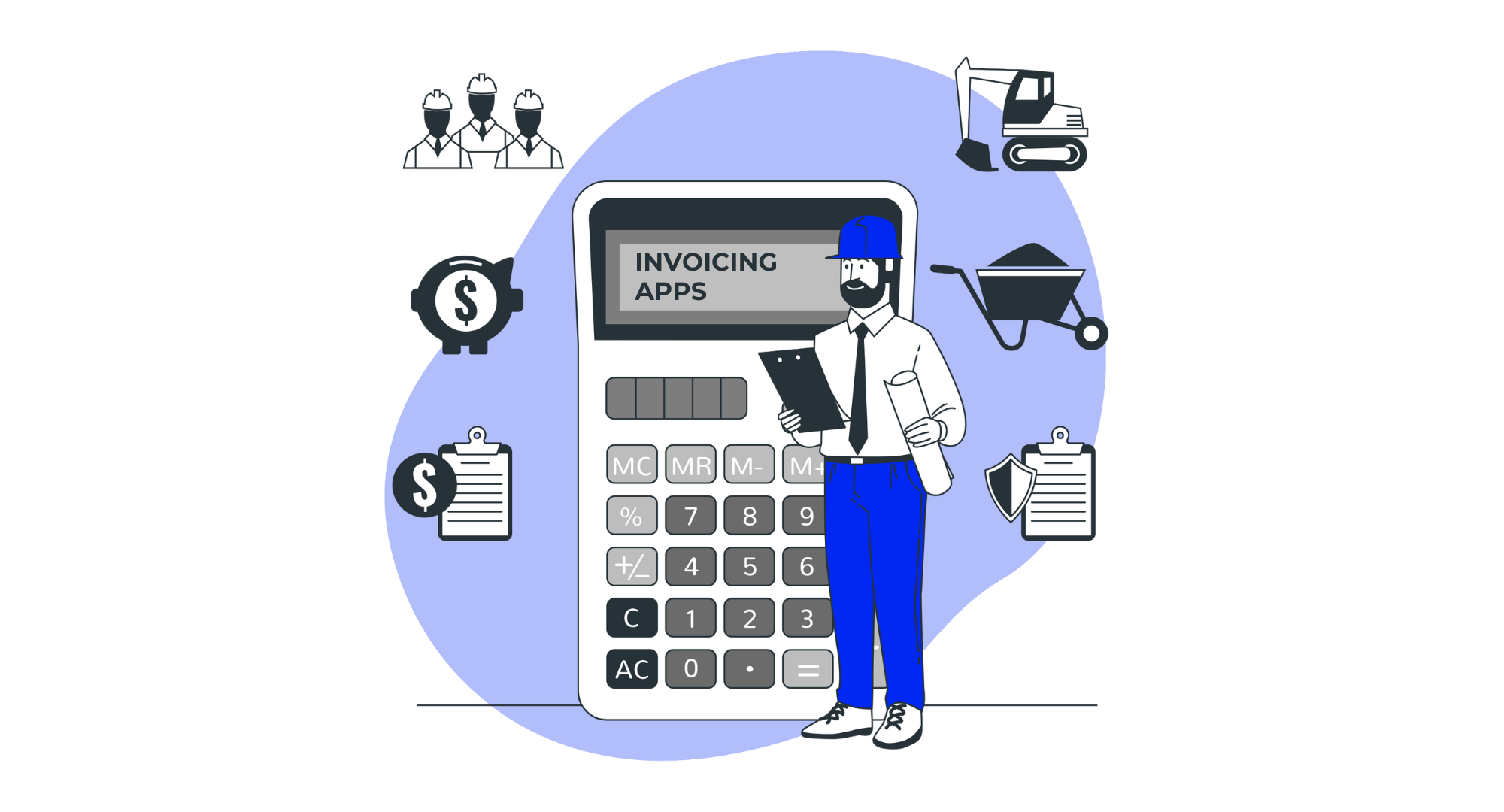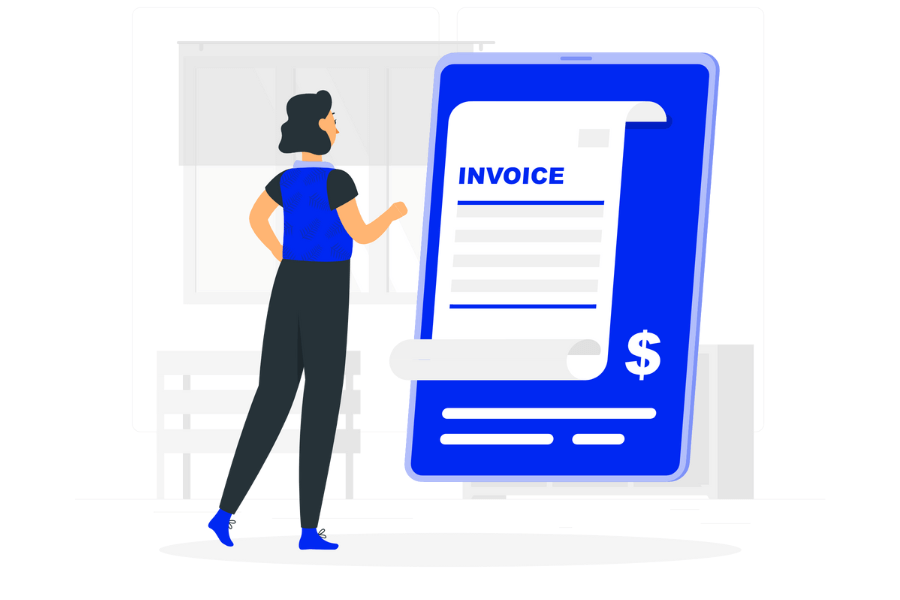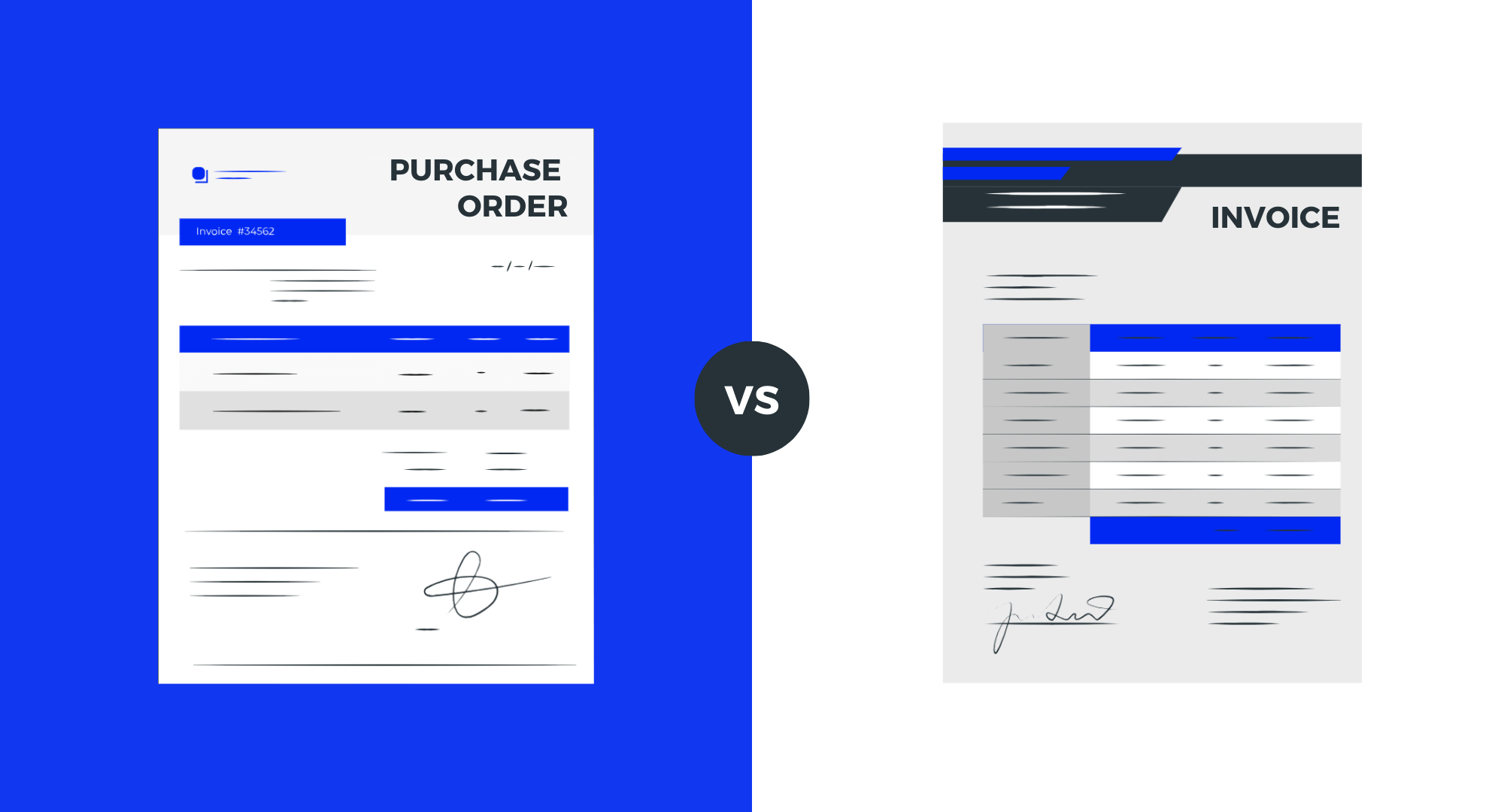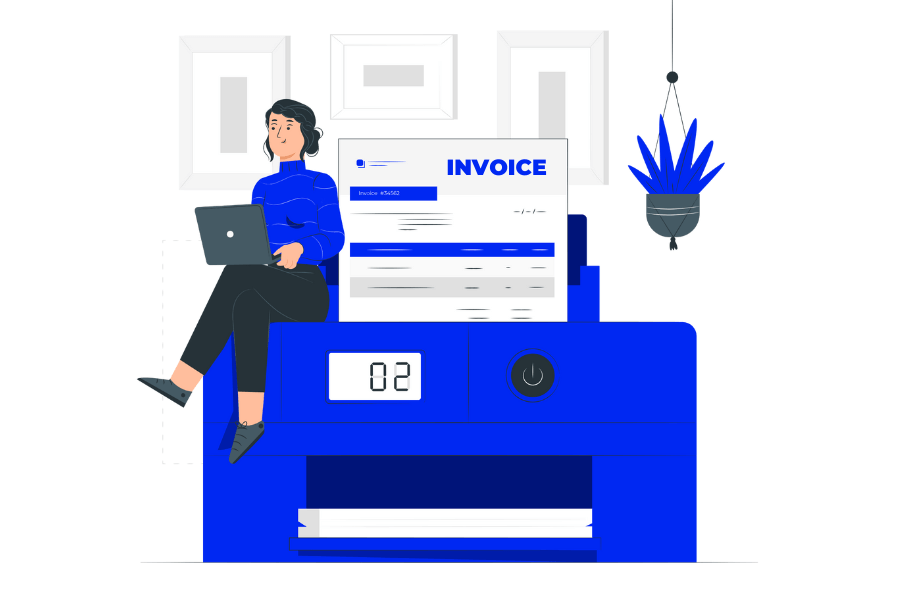
When sending invoices, timing is everything. Did you know that the timing of your invoice can significantly impact whether or not you get paid on time? Sending invoices incorrectly can result in delayed payments and cash flow issues.
As a business owner or freelancer, getting paid for your goods or services is crucial for the success and stability of your business. However, many professionals overlook the importance of timing when it comes to invoicing.
In this article, you’ll discover the best practices for sending invoices and when to send invoices to make sure you pay and receive your money on time.
Early vs. Late Invoicing: Pros and Cons
Regarding invoicing, timing is crucial for business owners. Early and late invoicing have advantages and disadvantages, which can significantly impact a company’s cash flow and client relationships.
Timing | Early Invoicing | Late Invoicing |
Pros | – Improves cash flow. | – Gives clients more time to gather funds. |
Cons | – Risk of delayed payments from clients. | – This can result in delayed or unpaid invoices. |
When is the Best Time to Send Invoices
Here are the following factors to consider before sending out invoices:
- Invoicing Freelancers: For freelancers, the day they send out invoices is akin to payday, provided their clients pay on time. However, many freelancers face challenges with late or even non-payments from clients.
- First/Last Method: This involves sending invoices either at the month’s beginning (first day) or end (last day). The start of a month often represents a fresh beginning for clients, making them more likely to settle invoices promptly. Conversely, the end of the month sees clients wrapping up tasks, which can also be an opportune time for invoicing.
- The 15th: Invoicing on the 15th can benefit those who prefer bi-weekly payments. This approach ensures a more regular income flow.
- Client’s Preference: It’s essential to consider when the client prefers to receive an invoice. Aligning with their payment schedules or cash flow can lead to more timely payments.
- Upon Project Completion: Some find sending invoices immediately after completing a project is best. This approach ensures that invoicing isn’t overlooked, especially when juggling multiple clients.
- Time of Day Matters: When invoices are sent can influence payment speed. Mornings are often effective as clients check emails and complete quick tasks. Evenings can be suitable as clients will see the invoice the next morning.
Explore our article to discover effective strategies to get clients quickly and effortlessly as a freelancer.
8 Ways to Prevent Late Payments
Late payments can be a major headache for business owners when running a business. The following steps can help to prevent this from happening:
1. Consider Your Payment Terms
Establishing clear and favorable payment terms is essential for maintaining a healthy cash flow and avoiding late payments. By clearly communicating the payment expectations to your clients, you set the tone for a professional invoicing process. This helps eliminate any confusion or misunderstandings regarding payment schedules and methods.
Determining the appropriate payment terms for your business operations is crucial. You can opt for various terms, such as net 30 45, or even shorter terms, like net 15 or 7 days. It depends on your business type and cash flow requirements.
Having favorable payment terms can incentivize clients to make timely payments. For example, offering a discount for early payments or setting a modest interest rate for late payments can encourage clients to prioritize settling their invoices promptly.
In addition to setting the correct payment terms, leveraging best invoicing software can streamline the billing cycle and improve efficiency. These tools automate the invoicing process, send reminders, and offer online payment options, making it easier for clients to make correct and timely payments.
2. Reassess Your Billing Cycle
The billing cycle refers to the frequency of sending your clients invoices and collecting payments.
Adjusting your billing cycle based on industry standards, client preferences, and contractual agreements is crucial. Different industries may have different billing practices, and aligning your billing cycle with industry standards can help streamline your invoicing process.
Additionally, considering clients’ preferences can contribute to more robust business relationships and promote timely payments.
When determining the appropriate timing for sending invoices, there are a few factors to consider.
- Billing immediately after service delivery can effectively capture the client’s attention while the value of your services is still fresh in their minds. On the other hand, some businesses send invoices on the monthly anniversary to consolidate all services provided during that period.
- It is essential to carefully assess your billing cycle by considering the services provided, client expectations, and the nature of your contractual agreements. For example, billing milestones or an initial deposit may be appropriate if you offer large-scale projects.
- Additionally, if your business experiences cash flow issues, more frequent invoicing or upfront payments can help alleviate financial strain.
3. Setting Up Automated Reminders for Unpaid Invoices
Implementing automation in your invoicing practices can save time and avoid the hassle of manually tracking and sending payment reminders. Invoicing software, such as vcita, streamlines this process by automating email and SMS payment reminders to clients with overdue invoices. This helps prompt them to make the necessary payment and reduces the chances of a delay in payment.
One of the significant benefits of using invoicing software like Billdu is the quick overview of invoice statuses. Rather than spending hours manually checking which invoices are due or need follow-up, you can easily access a dashboard that displays the status of each invoice, allowing you to focus your attention on those that require immediate action.
Additionally, invoicing software provides clients with an easy and convenient way to make payments. With the click of a button, they can view their invoice, review payment details, and choose their preferred payment method, whether it’s via credit card, online payment, or other options. This simplifies the payment process for clients and increases the likelihood of quicker payment.

4. Create Multiple Payment Options
When invoicing customers, convenient payment options are essential to ensure a smooth and timely payment process. Offering multiple payment options such as credit card payments, bank transfers, and payment gateways like PayPal and Stripe can make it easier and faster for customers to make payments, ultimately improving your cash flow.
Credit card payments are a popular option for many customers, providing a quick and secure way to pay invoices. Accepting credit card payments allows customers to make payments instantly without needing manual processing.
Bank transfers are another reliable payment option. Some customers prefer this method as it allows them to make payments directly from their bank accounts, ensuring a seamless transfer of funds. Providing your bank account details on the invoice makes it easy for customers to initiate the payment.
In addition, integrating popular payment gateways like PayPal and Stripe can further enhance the convenience for your customers. These platforms allow customers to pay invoices using their PayPal or Stripe accounts, which can be linked to various funding sources, including credit cards and bank accounts.
5. Utilize Professional Invoicing Software
To streamline your invoicing process and ensure timely payments, it is highly recommended to utilize professional invoicing software like Billdu. This software offers many benefits that can significantly improve your invoicing practices.
With invoicing software, you can easily create and customize professional-looking invoices tailored to your business. Billdu, for example, provides invoice templates that can be personalized with your branding elements, resulting in a more polished and cohesive image.
In addition, using invoicing software allows you to track payments efficiently. You can easily monitor which invoices have been paid and are still outstanding, improving your cash flow management. Billdu provides real-time notifications when invoices are viewed, paid, or overdue, ensuring that you are always updated on the status of your invoices.
When it comes to sending invoices, professional invoicing software offers various options. You can send invoices via email or even SMS, providing convenience and flexibility for you and your clients.
Moreover, invoicing software enables you to automate the invoicing process. You can set up recurring invoices for clients with regular payments, saving time and effort. Furthermore, online invoicing with a “Pay now” button allows your clients to make instant payments through credit cards or online payment platforms, speeding up the payment process.

